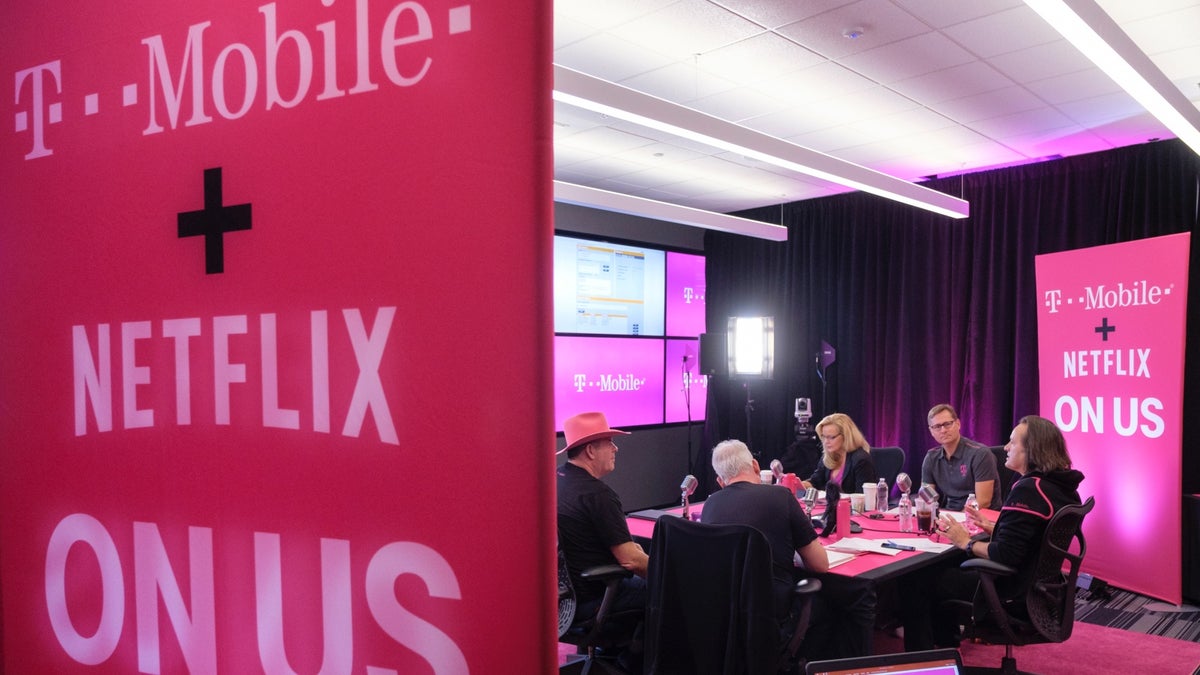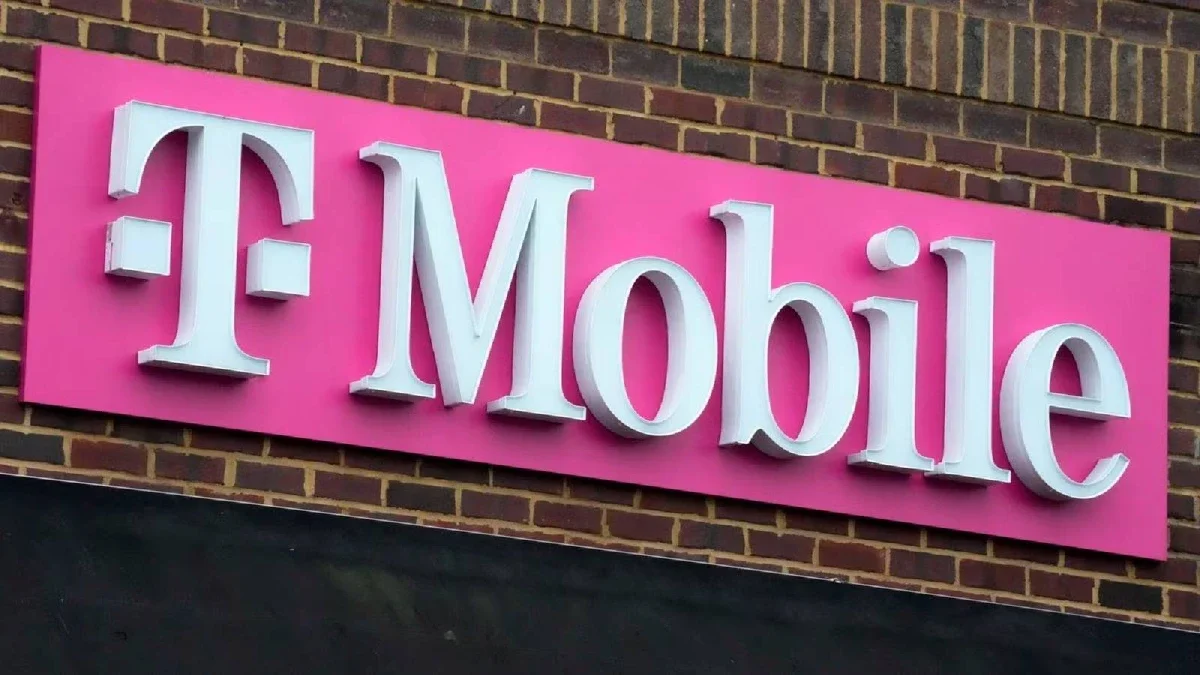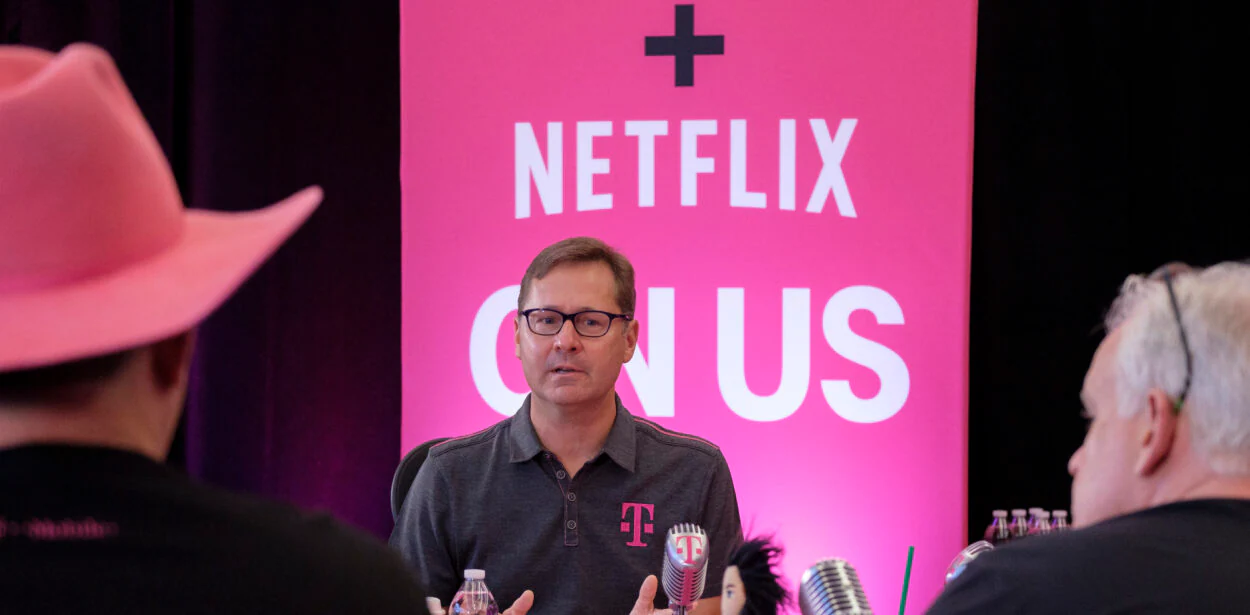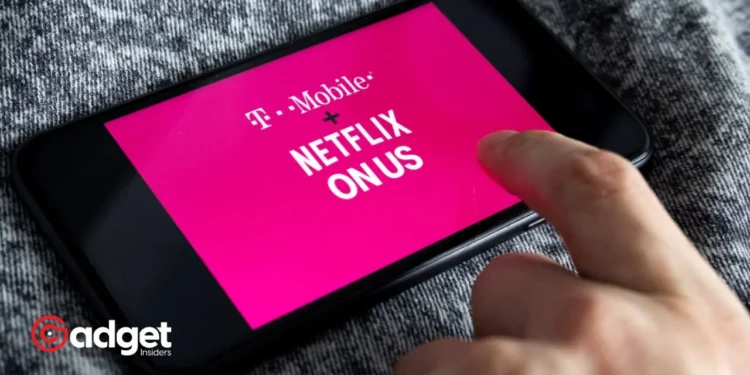In a bold move that has taken both subscribers and industry insiders by surprise, T-Mobile and Netflix have managed to stir a significant amount of discontent amongst their customer base. This new development involves changes to the “Netflix on Us” program, a popular perk among T-Mobile’s high-tier subscribers, that has now introduced content restrictions to what was once an unbridled streaming experience.
The incident sheds light on the evolving dynamics between streaming platforms, telecommunications companies, and the consumers caught in the middle.
Netflix and T-Mobile’s Partnership: The Change Nobody Saw Coming
It was at the dawn of the new year that whispers began circulating about a possible revamp to the cherished Netflix perk provided by T-Mobile. Given the streaming giant’s history of price hikes, speculation wasn’t exactly out of left field. However, the nature of the update, once revealed, caught many off guard.
Without prior notice, the “Standard with ads” plan—previously a comprehensive streaming solution—suddenly started displaying a “lock icon” on certain titles, indicating they were off-limits to viewers on this plan.

This restriction was not a bug or a temporary setback; rather, it was an intentional alteration made by the streaming firm. As a result, subscribers flocked to social media to express their dissatisfaction with the restriction.
When the telecom company announced the upgraded perk, they had, for some reason, neglected to include this crucial condition. As a result, many consumers were taken aback by the abrupt restrictions placed on the information they could access.
The Fine Print Matters
At the heart of the issue is a communication breakdown, or perhaps a selective disclosure from both the mobile company and the streaming giant.
The wireless company’s promotional pages for the “Netflix on Us” program continue to omit any mention of content restrictions, painting a picture of uninterrupted streaming that no longer aligns with reality.
Similarly, Netflix’s explanations remain ambiguously vague, leaving subscribers to navigate the content maze independently.

This oversight or strategic omission has prompted a wave of criticism toward the telecom companies, albeit the primary responsibility lies with Netflix.
It’s an illustrative example of how the intricacies of partnerships and promotions can sometimes lead to consumer dissatisfaction when the full implications of a deal are not transparently shared.
Looking for the Silver Lining
Despite the uproar, it’s essential to acknowledge the value proposition still at play. Subscribers affected by this change are not directly paying for the “Standard with ads” Netflix plan, which typically costs $6.99 a month.
For those unwilling to settle for a trimmed-down library, the streaming giant offers the option to upgrade to an ad-free Standard or Premium plan at a discounted rate—a concession that, while not addressing the principle concern, provides a somewhat palatable alternative.
Netflix’s Upcoming Plan Changes Won’t Affect T-Mobile’s Netflix “On Us” Perk https://t.co/NibNL6yfQk pic.twitter.com/qFELxIbbQn
— Wireless Champs (@WirelessChampMD) July 20, 2023
This incident serves as a cautionary tale for both service providers and consumers about the importance of clear communication and understanding the fine print. As the landscape of digital services continues to evolve, so too does the complexity of their offerings.
The partnership between the telecom brand and the streaming giant once heralded as a pioneering move, now finds itself at a crossroads, challenged by the very subscribers it aimed to delight.

In the end, this development may prompt both companies to reevaluate their strategies and communication approaches, ideally leading to more transparent and subscriber-friendly practices in the future.
As for the consumers, it’s a reminder that in the world of digital services, change is the only constant, and vigilance is key to navigating these shifting sands.










